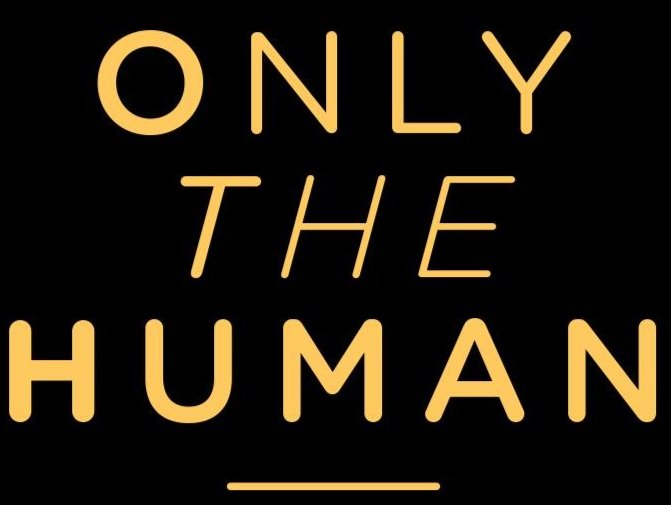What is Improvisation?
Most people will know of improvised comedy from its famous alumni - Tina Fey & Amy Poehler, Keegan-Michael Key & Jordan Peele, Steven Colbert, and basically everyone in The Office, The Good Place and Anchorman. You’ve probably also seen improvisation on TV through either Whose Line Is It Anyway or Thank God You’re Here. Improv is everywhere.
However, improvisation is a much broader movement than what reaches the screen. It all began with a woman named Viola Spolin in the early 1930s.
The Grandmother of Improvisation
Improvisation was first developed by Viola Spolin, a child of Russian-Jewish immigrants. Nicknamed “Spark” and known around her neighbourhood for wearing bright red lipstick and men’s clothes, she felt that playing games could help people be more natural, authentic, and intuitive.
That’s her with the gun.
Viola Spolin originally developed her games as a tool to advance social justice. She was working at Hull House, a settlement house in Chicago for newly arrived migrants. At the time, theatre was a key tool for amplifying underrepresented voices. Hull House performed some of the first multi-racial, non-English speaking plays in interwar America, was a major employer of unskilled and non-white Americans, and was central in helping newly arrived migrants settle in to American life.
As her work progressed, Viola felt her theatre games could be used as a ‘total actor training method'. At the time, theatres in the United States were mostly using The Method, an approach to acting that relied on actors dredging up often painful memories from their past to inform their performance. In The Method we see the origins of the stereotype of the suffering artist who constantly creates work through their trauma.
By contrast, Viola’s games encouraged people to be focused on the present, not the past. Where the Method used pain to drive performance, Spolin believed that creativity could be an act of joyful presence.
Thinking by Doing
Improvisation classes are centred around playing games specifically designed to tap in to different aspects of joyful creativity. This could mean letting go of self-consciousness, trusting your intuition, or becoming comfortable with failure.
In the long-term, these games support players to improvise entire performances with only their intuition and other players to guide them.
What surprised Spolin is that when adults played her theatre games, they would often laugh together. At first, she found this frustrating - the purpose wasn’t comedy! Viola unintentionally discovered that when we experience joyful presence in a group setting, laughter is the natural response. Indeed, contemporary neuroscience and psychology suggests that laughter has less to do with humour than it does with good relationships[1].
Although Viola’s career focused on training actors, she always believed that her games were something that everybody could do. The long legacy of improvisation shows that improvisation has broad application well outside theatre and comedy. Improvisation has been used as a clinical intervention to help reduce anxiety[2, 3], build high-performance teams in a corporate environments[4, 5], and even to reduce rates of re-offending amongst maximum security prisoners[6, 7]. Of course, many people also take improvisation classes just for fun and as a way to look after their mental health.
The best way we learn is through experiencing something directly. Improvisation provides us with an experience of stepping into the unknown, with only our intuition and our friends to guide us.
Done well, it’s a joy. Done superbly, it’s an art.




